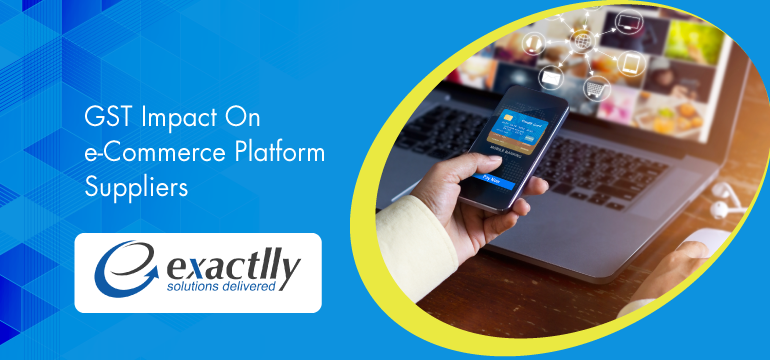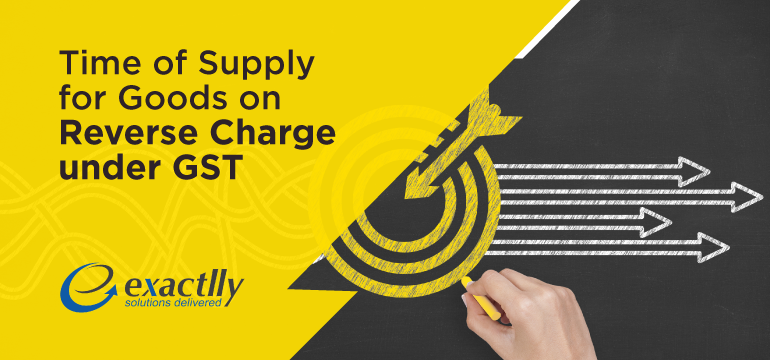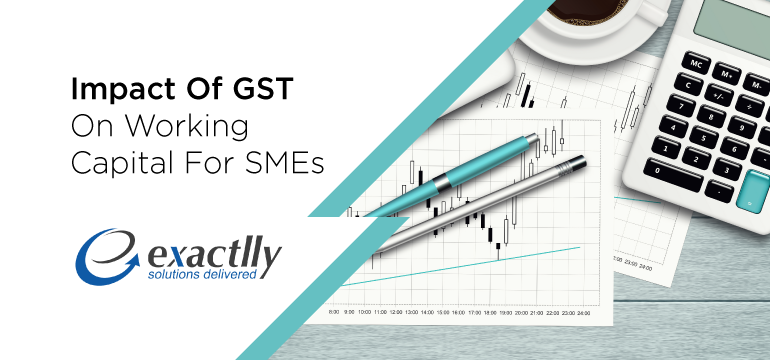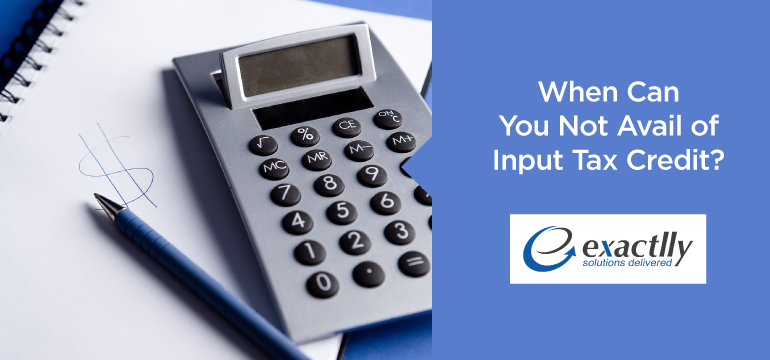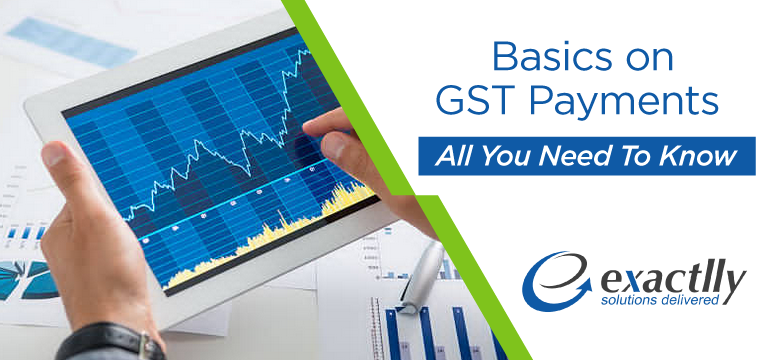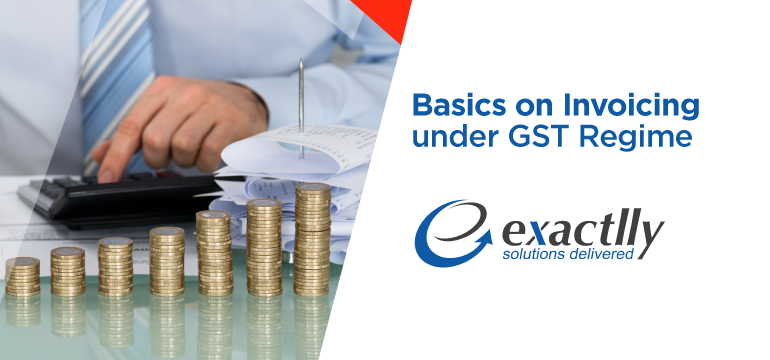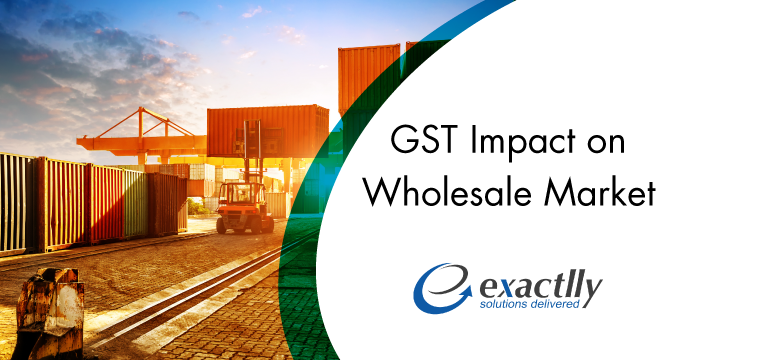An Assocham-Forrester study suggests that India has become a huge e-commerce hub with total projected revenue growth of INR 12,000 crores in 2020. This sector is said to have a 51% annual growth rate – something the world can look at in awe. In the recent past, steps taken by the Indian government such as that of demonetization and the push towards digital India has only further pushed the e-commerce sector towards a positive boost.
It is therefore needless to say that suppliers on the e-commerce platform are currently winners in the business game – they have easy access to remote customers, do not require location advantage that a regular supplier needs, their operational costs remain as low as ever, and they have massive scalability. E-commerce transactions have different tax liabilities arising basis the state the e-commerce platforms fall under, under the current indirect tax regime. Under the GST regime, however, suppliers are said to prospectively become uniform on the tax paying front. This article explores the consequence and impact of the GST regime on profit and operational costs that e-commerce suppliers will be subject to.
|
Impact
|
Current Regime |
GST Regime
|
| Input tax credit availability |
- Service tax is charged by e-commerce platforms on the services provided to e-commerce suppliers. These services include commission on the marketplace, provision of logistics, and warehousing.
- The input tax credit is not available on such service tax paid on these services, therefore adding to the supplier’s cost.
- Another cost borne by the supplier is the excise duty, which also cannot be availed of as credit.
|
- The input tax credit shall be available seamlessly under the GST regime, meaning that for any services conducted for the purpose of furtherance or in the course of a business, the input tax credit may be availed by those availing of those services.
- Suppliers on e-commerce platforms are thus eligible for input tax credit and this leads to a reduction in their overall cost of operating on e-commerce platforms.
|
| Taxation finds uniformity |
- Various states have various rules on taxation and e-commerce platforms have to currently keep an eye out on the rules pertaining to the various states they operate out of.
- Different rules of taxation mean that the same product may be taxed differently in different states leading to ambiguity in the entire e-commerce model. Consumers become wary of varying costs of the same product in different states – some states also impose an entry tax on goods and services entering their state from a different state – all adding to an increase in the total cost of the product.
|
- Specific tax rates shall be announced under the GST regime, making tax liabilities uniform across and irrespective of states. Further, the taxes imposed on products sold physically shall be the same as the products sold digitally, bringing competition at par.
- Digital suppliers on e-commerce platforms shall thus be up to scale with customers across the country.
|
| Registration as a necessity |
- Under the current indirect tax regime, registration is not mandatory unless a supplier’s aggregate turnover crosses a particular threshold limit. This leads to unregistered dealers relatively having a lower cost of product when compared with registered dealers.
- Unregistered dealers are not required to be hassled with tax compliance, filing returns, maintaining details of accounts and invoices – this often engages them in dealing with products in a manner that hampers product competition with registered dealers.
|
- Registration is mandatory under the GST regime – there are no two questions about this. No matter what the aggregate turnover of a supplier is, he is required to be registered with the GST portal if he is supplying goods or services on an e-commerce platform.
- Registered dealers have to fulfil duties such as maintenance of accounts, invoices, records, filing returns on a monthly and annual basis as required, and keeping up with fulfilling their tax liabilities.
- Many e-commerce suppliers may think of this rule as unfair as registration for physical dealers is required only if they cross the INR 50 lakh threshold limit in terms of their aggregate turnover (otherwise have the option of availing payment of tax on the basis of the composition levy scheme). This rule is also applicable to any supplier who owns his own portal – thus effectively a business that falls under the threshold limit category.
- E-commerce suppliers thus have to prepare to be up to speed with tax compliance and filing activities in addition to added costs under the GST. Maintaining books of accounts, records and cash flow statements shall make this process easier for suppliers in the long run.
|
| Composite Scheme Levy |
- The composition levy scheme may be adopted by dealers and suppliers that have an aggregate turnover not exceeding INR 50 lakhs under the VAT and current regime.
- Such suppliers and dealers need only pay a tiny fraction of their turnover as taxes and are required to comply with form filings only on a quarterly basis as per the format in which they function.
|
- Suppliers are not permitted to opt for the composition levy scheme irrespective of whether their aggregate turnover crosses INR 50 lakhs or not, under the GST regime.
- Suppliers are required to be registered mandatorily as registered dealers.
- Both costs and compliance activities under the GST regime have thus increased for suppliers as per these requirements. They have to maintain regular accounts and records.
|
| Impact of cash flow |
- Operation activities of suppliers on the e-commerce platforms happen on very thin margins – they make sales on these platforms where the e-commerce operator collects the money from the consumer and then remits the amount at a commission cut to the supplier. For example –
- F&M (an e-commerce operator)
Max Traders (registered supplier on F&M)
Max Traders supplies electronic products on F&M for INR 1,120 inclusive of VAT on June 1, 2017.
Value of the product – 1,000
VAT – 120
Total sale price – 1,120
Commission – 20
The amount finally remitted to Max Traders – 1,000
|
- E-commerce suppliers face hurdles under the GST regime – their cash flow is affected by taxes collected at source by e-commerce operators. E-commerce operators thus collect the tax upon making supplies through their platform to consumers and then remitting the balance amount back to the supplier. For example –
- F&M (an e-commerce operator)
Max Traders (registered supplier on F&M)
Max Traders supplies electronic products on F&M for INR 1,120 inclusive of GST on June 1, 2017.
Value of the product – 1,000
GST – 120
Total sale price – 1,120
Commission – 20
Tax Collected at Source – 20
The amount finally remitted to Max Traders – 1,080
- Therefore, tax is collected at the source and deducted from the total amount to be remitted to the e-commerce operator. For suppliers and small dealers operating on very thin margins, this may not be a boon as a large amount of money is blocked. Nonetheless, this tax is available as an input tax credit to the supplier which he may claim on the 15th of every subsequent month.
- Vendor compliance is heavily dependent on whether or not the e-commerce suppliers can avail of their input tax credit as vendors are required to file their returns on a monthly basis and make full tax payments – if this is not done then the supplier is liable to lose out on the credit. All these factors impact the cash flow of a supplier on an e-commerce platform.
|
In conclusion, suppliers on e-commerce platforms have a lot to look out for in terms of GST compliance. They have the option of availing input tax credit and are fortunate to have a single tax amount levied on products across states. However, suppliers are impacted by the tax collected at source and their tax collection is dependent on vendors filing compliances. An increase in compliance adherence for regular dealers (filing on a monthly basis), maintenance of records and books of accounts, and mandatory registration under the regime also add to supplier costs, irrespective of whether their aggregate turnover crosses the INR 5 lakh margin.
Nonetheless, business is said to become much easier under the GST regime for an e-commerce supplier with the advent of such uniformity. Supplies must prepare well to welcome the GST regime with open arms – they must be aware of all the compliances they have to undertake and how to use technology to their best of their advantage in order to capitalize on the onset of the new e-commerce era. Feel free to Contact Us.
